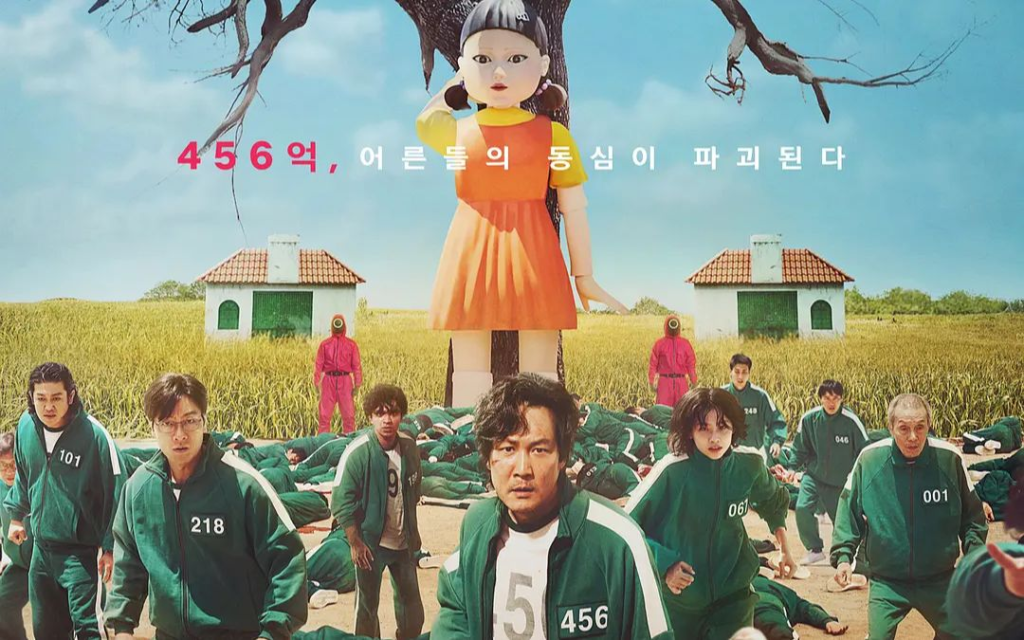Some people can’t stand jazz, while I’d happily spend hours at the Village Vanguard. Others think cilantro tastes like soap, but I’ll never turn down a chili bowl loaded with the stuff. And then there’s Nicolas Cage—his wild, over-the-top performances often make people cringe, but I used to enjoy his brand of chaos. These days, though, his “crazy Nick Cage” shtick feels more like a cheap gimmick to get an audience reaction when the story itself can’t hold up.
This is exactly the case with Longlegs, a horror film that would be much stronger if not for Cage’s over-the-top antics breaking its carefully built atmosphere. That said, for those who enjoy his unhinged performances, his moments in this film might be the highlight. Fortunately, his role is fairly limited, so if you’re not a fan of his style, there’s still plenty to appreciate.
Written and directed by Osgood Perkins (The Blackcoat’s Daughter, I Am the Pretty Thing That Lives in the House), Longlegs is part of his “vibe cinema” approach. While the plot itself isn’t groundbreaking—mixing satanism, cursed dolls, a serial killer, and an FBI investigation—it’s more about the eerie mood than the actual story. Think of it like a great Miles Davis album—less about the melody, more about the tone.
The film opens with a creepy prologue shot in a vintage 4:3 aspect ratio, setting the tone before jumping to the 1990s in the dreary Pacific Northwest. Lee Harker (Maika Monroe) is a young FBI agent tasked with investigating a string of strange murders where entire families are found dead, and the only clue is a cipher signed “Longlegs.” Lee’s investigation leads her to uncover some unsettling truths, especially when she starts having eerie hunches about the case that her partner brushes off.
As the mystery unfolds, Perkins does a masterful job creating an atmosphere of unease with distorted camera angles, slow zooms, and a color scheme of dark, coagulated reds. The score, with its Shining-like synths, only adds to the tension. As Lee dives deeper into the case, there’s a sense that something is fundamentally wrong with the world around her. The characters behave in ways that are off-kilter—nothing overt, but enough to make you feel like this movie exists in its own strange universe.

Enter Nicolas Cage, who plays the villain, Longlegs, with an absurd amount of energy. His makeup, which resembles a mix of Ron Perlman’s Beast from the ’80s Beauty and the Beast TV show and a mime, is hard to ignore. He’s loud, screeching, and overacts in a way that feels out of place for the otherwise moody film. While I found his performance distracting, it’s clear that both Cage and Perkins are going all in, with no holding back.
The mystery itself isn’t all that surprising, but it ties together in a way that feels satisfying within the context of the film. There’s some solid gore, a few well-executed jump-scares, and unsettling supernatural elements (including dolls that may have seen better days). Though I’m a bit tired of the “haunted doll” trope, the ones in Longlegs are disturbing enough to keep your attention—especially when one of them gets an autopsy.
Despite what the marketing may suggest, Longlegs isn’t a fast-paced thrill ride. It’s a deliberately slow-burn horror film, with plenty of quiet moments and a smaller body count than you might expect. The gloomy atmosphere, complete with rain and snow, makes it the perfect escape from summer’s heat. Perkins expertly mixes all these elements into a film that’s more unnerving than most, and while it’s not perfect, it’s definitely a cut above the rest.









